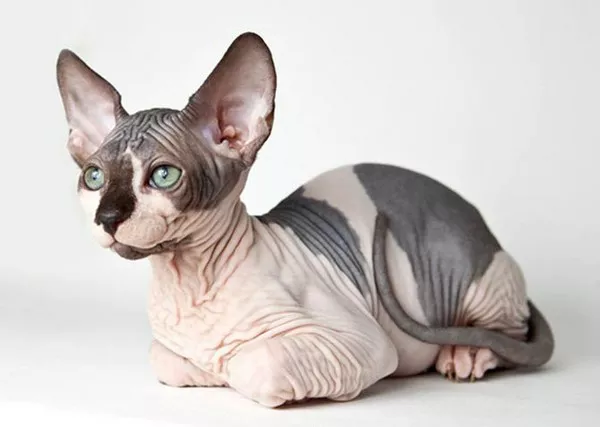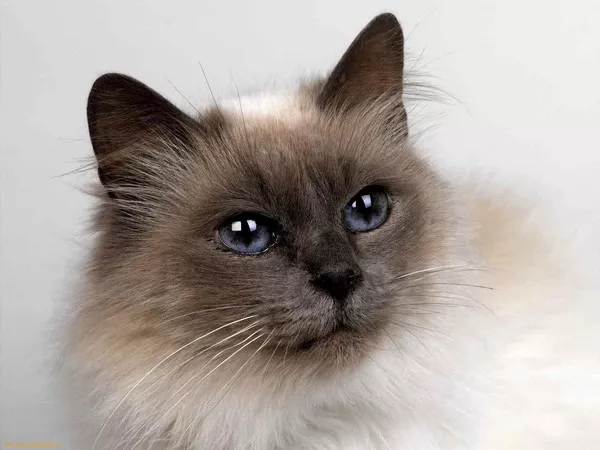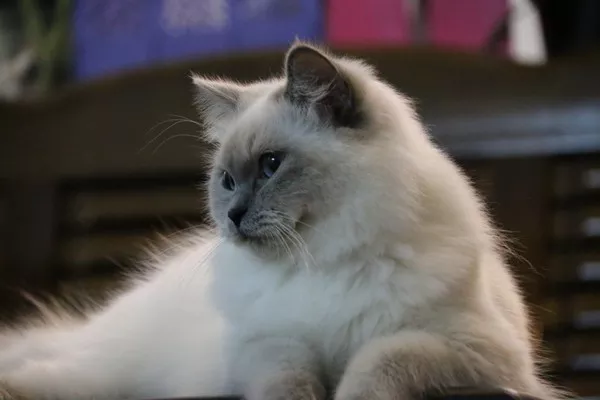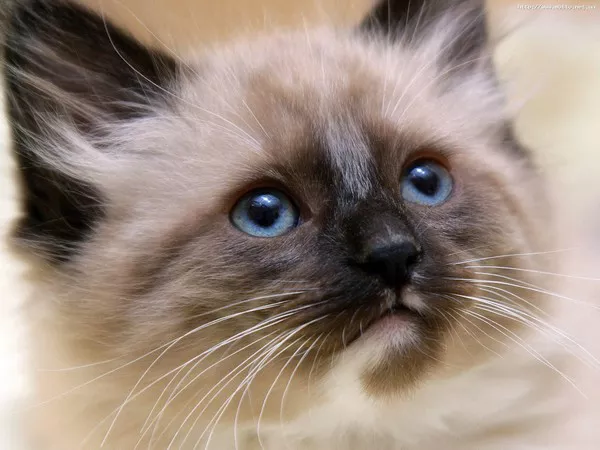Sphynx cats, with their distinctive hairless appearance and captivating personalities, are among the most unique and recognizable feline breeds. Their striking lack of fur sets them apart in the world of cats, prompting many to wonder about their origins. In this article, we embark on a journey to explore the intriguing history of Sphynx cats, shedding light on the mysteries surrounding their emergence and development as a breed.
The Birth of the Sphynx
The story of the Sphynx cat‘s origin begins in the 1960s in Toronto, Canada. It was during this time that two domestic shorthair cats, Prune and Epidermis, gave birth to a hairless kitten named Prune’s Cactus. This unexpected occurrence marked the first known instance of a Sphynx cat in the modern era. Despite the initial shock and uncertainty, it sparked curiosity and led to further exploration.
The Role of Natural Mutation
The emergence of Prune’s Cactus was not a result of selective breeding or genetic manipulation; rather, it was a consequence of a natural genetic mutation. In the same way that some humans inherit traits like curly hair or different eye colors, Prune’s Cactus carried a unique genetic variation that affected its coat. This natural mutation gave rise to the hairless appearance that would become the hallmark of Sphynx cats.
Breeding and Development
As Prune’s Cactus grew and began to reproduce, it became evident that this unique trait could be passed on to offspring. Breeders took an interest in these hairless cats, and the development of the Sphynx breed began. To diversify the gene pool and enhance the breed’s overall health, breeders incorporated other domestic shorthair cats in the breeding programs.
Over time, breeders focused on preserving the Sphynx’s hairlessness and refining their distinctive features. This involved careful selective breeding to maintain the unique skin texture, prominent cheekbones, and large ears that are now associated with the breed. As the Sphynx’s appearance and characteristics were shaped through this selective breeding, the breed’s popularity started to rise.
A New Breed Emerges
The journey to establish the Sphynx breed was not without its challenges. The Cat Fanciers’ Association (CFA) initially rejected the breed due to concerns about potential health issues related to hairlessness. However, Sphynx enthusiasts and breeders persisted, and their efforts eventually paid off. In 1996, the CFA officially recognized the Sphynx as a distinct breed.
The International Cat Association (TICA) followed suit, granting the Sphynx breed recognition. This recognition not only solidified the breed’s place in the cat world but also contributed to the Sphynx’s growing popularity.
Sphynx Cats Worldwide
Today, Sphynx cats can be found in households around the world, and their unique charm has garnered a dedicated following of enthusiasts. These cats are known for their affectionate and outgoing personalities, making them beloved pets in many homes. Their hairless appearance and warm, velvety skin set them apart from other feline companions.
The Mystique of Sphynx Cats
The distinctive features of Sphynx cats are a testament to their fascinating origins. These cats are characterized by the following traits:
Hairlessness: The most obvious feature is their hairless bodies. Their skin feels warm to the touch and is often described as soft and suede-like. While they may lack a full coat of fur, Sphynx cats can have fine, downy hair on their skin.
Prominent Ears: Sphynx cats are known for their large ears, which can be more pronounced due to the absence of fur. These ears are a striking part of their appearance and lend an alert and inquisitive expression to their faces.
Muscular Build: Beneath their hairless exterior, Sphynx cats have a strong and muscular build. Their bodies are well-proportioned, with a distinctive abdomen that gives them a somewhat pot-bellied appearance.
Wrinkled Skin: Sphynx cats often have wrinkled skin, particularly around their neck and shoulders. These wrinkles add to their unique and charming appearance.
The Genetic Basis of Hairlessness in Sphynx Cats
The genetic mutation responsible for hairlessness in Sphynx cats is caused by a recessive gene. In terms of genetics, Sphynx cats can be homozygous (two copies of the gene), heterozygous (one copy of the gene), or have no copies of the gene (homozygous for the wild-type gene).
Breeding Sphynx cats requires careful consideration of their genetics to ensure the continued development of the breed. Breeding two Sphynx cats with two copies of the hairlessness gene can lead to a higher likelihood of health issues, such as skin problems. Thus, breeders must carefully manage the genetic diversity within the breed.
In Conclusion
The journey of Sphynx cats from an unexpected genetic mutation to a recognized breed is a testament to human curiosity and dedication. These remarkable felines have captured the hearts of cat enthusiasts worldwide with their unique appearance and lovable personalities.
Sphynx cats serve as a reminder of the beauty that can emerge from genetic diversity and natural mutations. Their enchanting hairless appearance, large ears, and velvety skin continue to fascinate and inspire cat lovers, making them a truly exceptional addition to the world of feline companions. The enigmatic origins of Sphynx cats only add to their allure, making them a breed unlike any other.



























